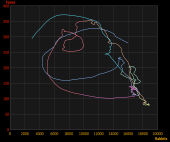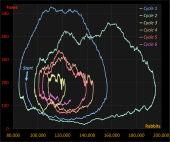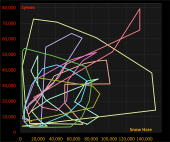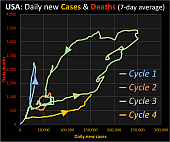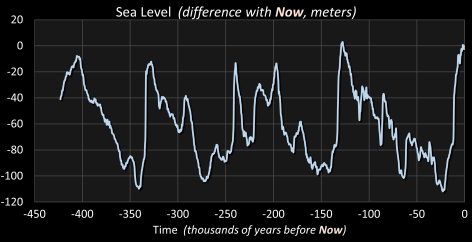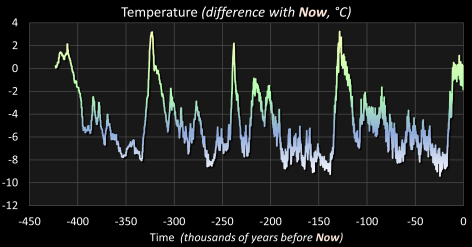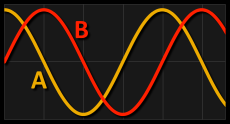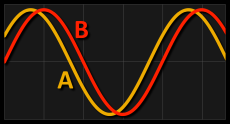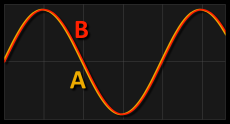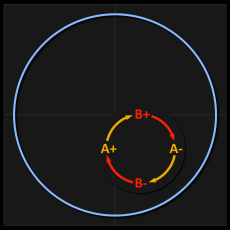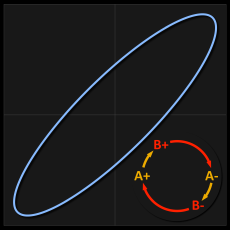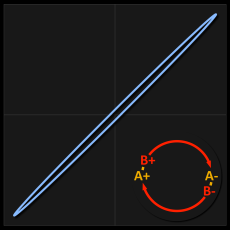Real life (2): Global Climate Change See also: |
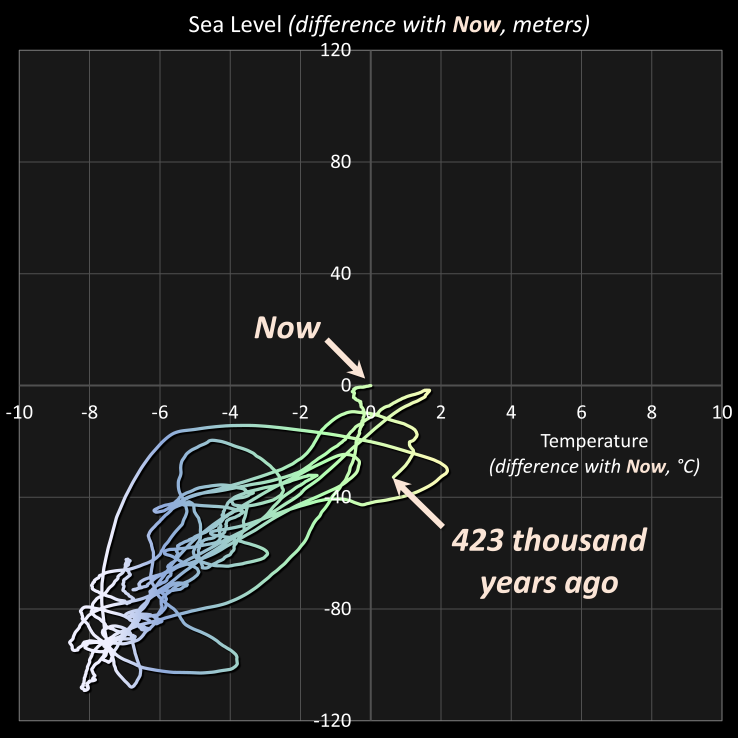
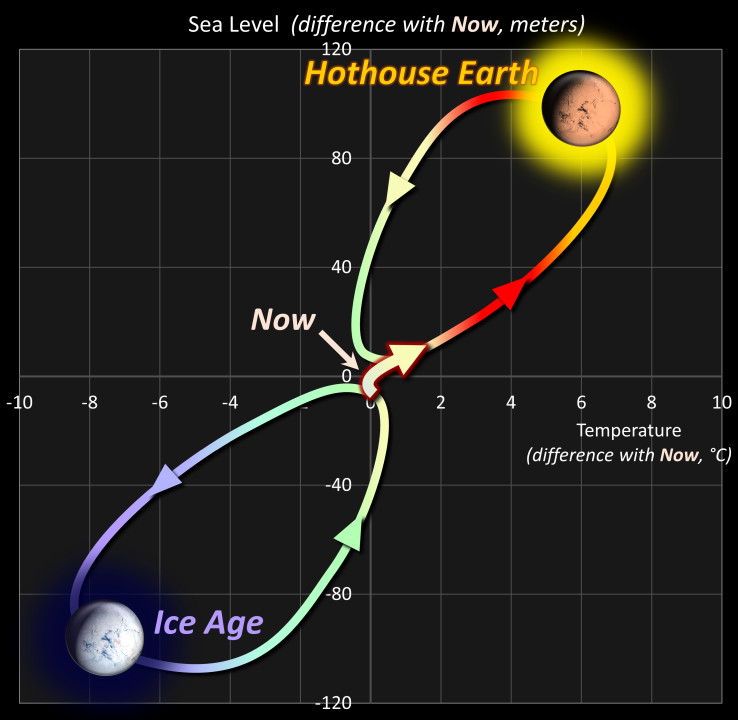
Sources:
Augustin, Laurent et al (2004): Eight glacial cycles from an Antarctic ice core. Nature Vol. 429, 10 June 2004. Retrieved from http://www.staff.science.uu.nl/~broek112/home.php_files/Publications_MvdB/2004_ECM_Nature.pdf.
Steffen, Will et al (2018): Trajectories of the Earth System in the Anthropocene. Proceedings of the National Academy of Sciences (PNAS), DOI: https://doi.org/10.1073/pnas.1810141115. Retrieved from http://www.pnas.org/content/early/2018/07/31/1810141115.
Scheffer, Marten (2019): Re: Vraag over ijstijden, temperatuur en zeeniveau i.v.m. voorbereiding van een publicatie. Personal e-mail to N. Roorda, 28 February 2019.
|
Sources: |
Image source: N. Roorda: Fundamentals of Sustainable Development (English, 3rd edition, 2020); also available in Dutch in Basisboek Duurzame Ontwikkeling (4th edition, 2020) and in German in Grundlagen der nachhaftigen Entwicklung (Springer Vieweg, 2021).
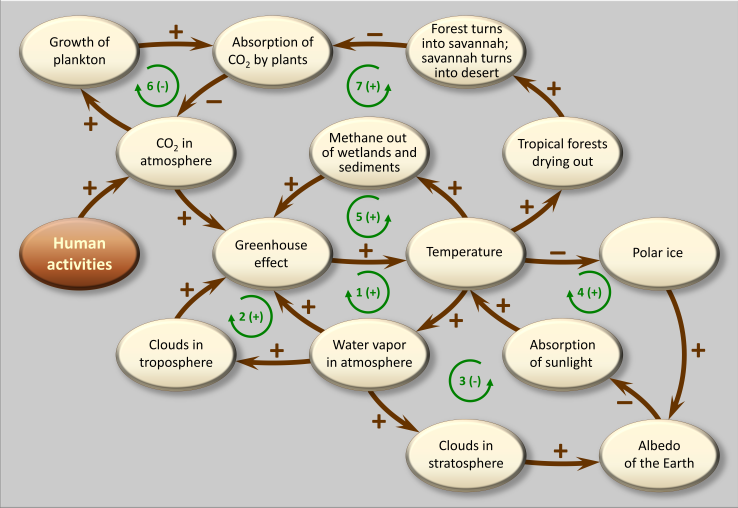
|
|
|
Phase difference = 90°
| Phase difference = 30°
| Phase difference = 3°
|


